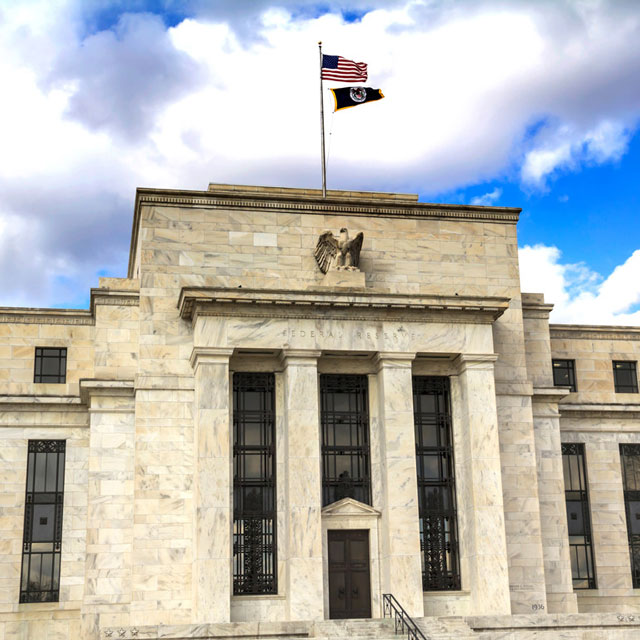
The Federal Reserve System probably did a good job of rescuing the U.S. corporate bond markets from the early 2020 meltdown. Nina Boyarchenko and other analysts at the Federal Reserve Bank of New York give that assessment of the Fed rescue program in a new staff report.
Two Fed Funds
The Fed rushed to set up a Primary Market Corporate Credit Facility and a Secondary Market Corporate Credit Facility in the spring of 2020, as the COVID-19 pandemic was causing lockdowns and confusion all over the world.
The two facilities, or investment funds, had $750 billion in purchasing power.
BlackRock was supposed to use that purchasing power to keep bond deals flowing.
The firm was supposed to use primary market facility cash to help companies that were having a hard time finding buyers for new bonds.
The firm was supposed to use the secondary market facility to help traders and investors, including life insurers, that were having a hard time finding buyers for existing bonds.
The secondary market facility was especially important to life insurers, because life insurers hold about $3 trillion in corporate bonds.
Fed Clout
The analysts found that the Fed had so much clout that all it had to do to stabilize the corporate bond market was to announce that it was setting up a stabilization program.
"The announcement of the program had a dramatic effect on liquidity and pricing in the secondary market while also reigniting issuance in the primary market," the analysts write.



